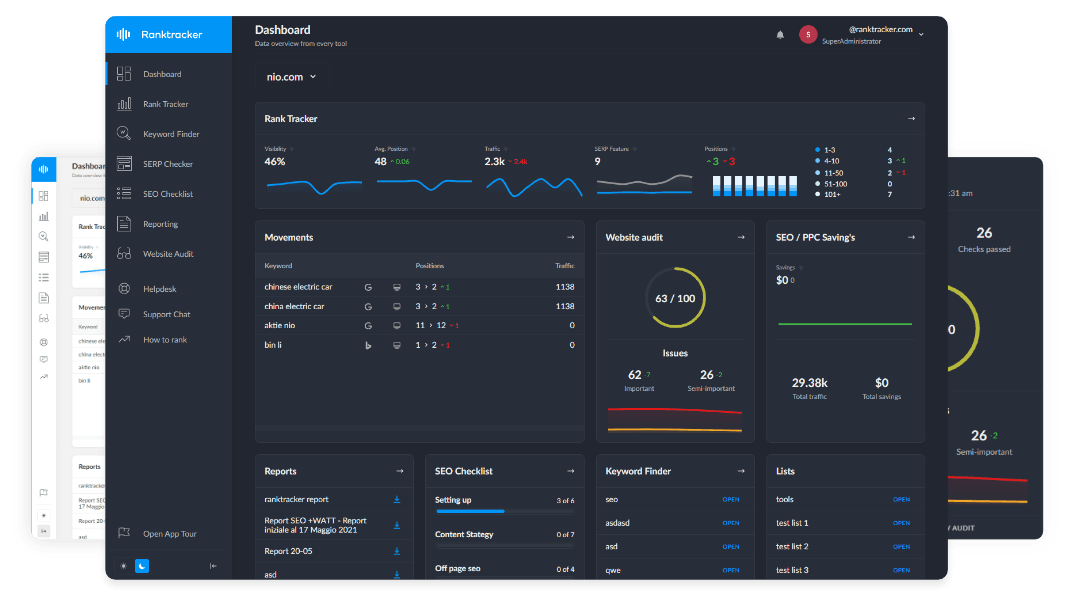Intro
The AI assistant space is heating up as Microsoft enters the field with Bing Copilot (Microsoft Copilot), challenging OpenAI’s industry-leading ChatGPT. Both are powerful, but with distinct approaches: ChatGPT is beloved for its flexible, creative writing and developer-friendly ecosystem; Bing Copilot offers deep integration with Microsoft 365, live web data, and enterprise-ready productivity.
Which AI tool is right for your business, marketing, or SEO workflow in 2025? This in-depth comparison covers features, use cases, and practical differences—so you can choose the best AI for your digital goals.
What is ChatGPT?
ChatGPT is OpenAI’s advanced conversational AI, delivering creative content, technical writing, code generation, and customizable workflows. It powers digital agencies, marketing teams, and developers worldwide, with robust plugin and API support.
What is Bing Copilot (Microsoft Copilot)?
Bing Copilot is Microsoft’s next-gen AI assistant, embedded in Bing Search and Microsoft 365 apps (Word, Excel, Outlook, Teams, Edge). It combines conversational AI, real-time web search, and seamless Office integration—making it a productivity powerhouse for business users and teams.
Feature-by-Feature Comparison
| Feature | ChatGPT | Bing Copilot (Microsoft Copilot) |
| Main Focus | Creative writing, code, workflows | AI search, productivity, MS Office |
| Web Search/Data | Plugins/Browsing (Plus/Team) | Always live, Bing-powered |
| Content Generation | Blogs, articles, ads, scripts, code | Summaries, docs, emails, slides, Excel |
| SEO Applications | Article writing, clusters, meta, FAQs | Real-time search, keyword/topic research |
| Productivity Integration | API, Slack, Zapier, third-party apps | Native in Word, Excel, PowerPoint, Teams |
| Source Citations | Limited (plugins/browsing) | Always, with clickable links |
| Coding/Tech Support | Advanced (code, debugging, workflows) | Good (Excel formulas, code, logic) |
| Conversation Memory | Profiles, advanced context | Account-based, MS ecosystem |
| Multilingual Support | 50+ languages | 30+ languages, Office localization |
| Image/Media Support | Images (Plus/Team, multimodal) | Images, charts, PowerPoint, web |
| API Access | Yes | In development (Microsoft Graph, Office) |
| Free Plan | Yes | Yes (with Microsoft/Bing account) |
| Premium Plan | Plus, Team, Enterprise | Office 365 subscription for full features |
Use Cases: Who Should Use Each Tool?
ChatGPT
-
Content marketers and agencies scaling blogs, articles, ads, and technical docs
-
SEO teams building topical clusters, FAQs, and campaign assets
-
Developers, analysts, or creatives needing API and plugin flexibility
-
Great for brainstorming, email automation, and complex multi-turn dialogs
Bing Copilot
-
Business professionals leveraging Word, Excel, PowerPoint, or Teams
-
Marketers and SEOs who want live web data and seamless search-to-content workflow
-
Teams collaborating in the Microsoft 365 environment (docs, email, meetings, chat)
-
Power users automating spreadsheet formulas, summarizing videos, meetings or building instant reports
Content Quality & Flexibility
ChatGPT delivers creative, nuanced content in any format—long-form writing, code, campaigns, or technical guides—enhanced by plugins and external research. Bing Copilot focuses on business communication: drafting emails, documents, summaries, reports, and presentations, always citing live web or company data.
SEO & Research Capabilities
ChatGPT is a powerhouse for content briefs, keyword-rich articles, meta tags, and FAQ content (especially with browsing/plugins enabled). Bing Copilot excels at rapid SERP research, keyword/topic discovery, and instant competitor analysis via live Bing Search—perfect for building data-driven campaigns inside Office apps.
Productivity & Workflow
ChatGPT is highly flexible via integrations, but requires setup for team workflows. Bing Copilot is natively embedded in Office 365—generating slides, formulas, meeting recaps, and project plans on the fly—making it ideal for enterprise and cross-functional teams.
Strengths & Weaknesses
ChatGPT Strengths:
-
Versatile content and technical writing
-
Plugins, APIs, and external integrations
-
Customizable, creative, and scalable
ChatGPT Weaknesses:
-
Citations limited without browsing/plugins
-
Office integration requires third-party setup
Bing Copilot Strengths:
-
Always-on, live search and citation
-
Seamless MS Office integration (Word, Excel, PPT, Outlook)
-
Enterprise-ready for meetings, docs, analytics
Bing Copilot Weaknesses:
-
Less flexible for deeply creative or technical content
-
Not as customizable for outside-Office workflows
-
AI features often require paid MS subscriptions
How to Choose: ChatGPT or Bing Copilot?
Choose ChatGPT if you want…
-
Flexible content generation and workflow automation
-
Custom integrations for SEO, marketing, and dev teams
-
Scalable creative, code, and technical output
Choose Bing Copilot if you need…
-
Instant search-to-content productivity in Word, Excel, PowerPoint
-
Native business features for meetings, emails, and collaboration
-
Always-updated data and citations for reports or documents
Conclusion
ChatGPT and Bing Copilot are redefining how businesses and marketers work in 2025. ChatGPT is best for creative, customizable, API-driven workflows. Bing Copilot rules for enterprise productivity, live research, and seamless Office integration.
Many teams use both: Copilot for business productivity and meetings, ChatGPT for marketing campaigns, technical docs, and creative automation.

